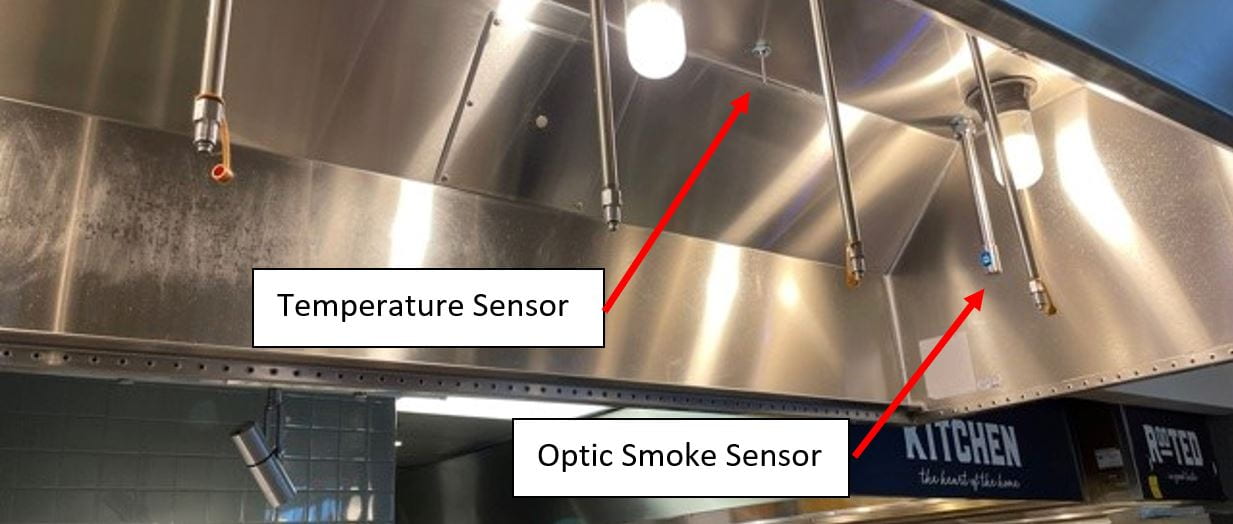Kitchen Exhaust Upgrade
The dining commons and cafes at UChicago are an integral part of campus life. These facilities tend to be energy intensive due to the kitchen appliances and high airflow requirements. As part of the University’s ongoing efforts to improve energy efficiency in dining facilities and throughout campus, the exhaust systems in three campus dining facilities received an energy-efficient upgrade last summer. The project, a collaborative effort between Facilities Services, the Office of Sustainability, and UChicago Dining, consisted of upgrading the kitchen exhaust systems in the Cathey Dining Commons, Bartlett Dining Commons, and Laboratory School cafeteria from constant volume systems to variable, demand-based systems. Matthew Powers, associate director of Facilities, Operations, & Services at UChicago Dining, stated that “We are pleased to continue our long-standing collaboration with the Office of Sustainability. Together we advance the University of Chicago Sustainability Plan and UChicago Dining sustainability commitments. Energy efficiency in campus dining locations is a priority as we continue to find ways to reduce campus greenhouse gas emissions.”
Kitchen exhaust is a critical component of a properly functioning dining facility; the exhaust system removes smoke and odor from the cooking spaces and prevents the buildup of excess heat. These systems are sized to provide adequate airflow during periods of high cooking activity, but typical constant volume systems always operate at this peak airflow regardless of the actual cooking equipment in use. The University installed a new system that utilizes advanced sensor technology in each kitchen exhaust hood to monitor both smoke and temperature. With these sensors the system can determine the appropriate exhaust airflow based on the current cooking activity, reducing exhaust fan energy and heating and cooling energy required for makeup air.

Early results indicate a dramatic reduction in exhaust airflow and system energy consumption. Based on data collected from the building automation systems, average exhaust airflow was reduced by 35-55% since completion of the project. Over the course of a year, this trend translates to an estimated savings of 7,500 MMBtu and a reduction in greenhouse gas emissions of 672 MTeCO2. The greenhouse gas emissions reduction of this project is equivalent to eliminating the emissions of 145 cars.

The University of Chicago is a proud United States Environmental Protection Agency ENERGY STAR Partner, collaborating with peer institutions to reduce higher education campus energy and water usage. The goal of this energy efficiency program is to: (1) reduce the impact on the environment as about 70 percent of University greenhouse gas emissions are from energy usage in campus buildings; (2) redirect funds currently going to utility providers back into the maintenance of our campus buildings; and (3) reduce the risk of disruption to our educational and research mission by locating and correcting issues before systems and components in our buildings fail. More than 300 energy efficiency measures have been completed in the University of Chicago campus buildings since 2009, and buildings will continue to be a primary target of our efforts to reduce greenhouse gas emissions and water use.
